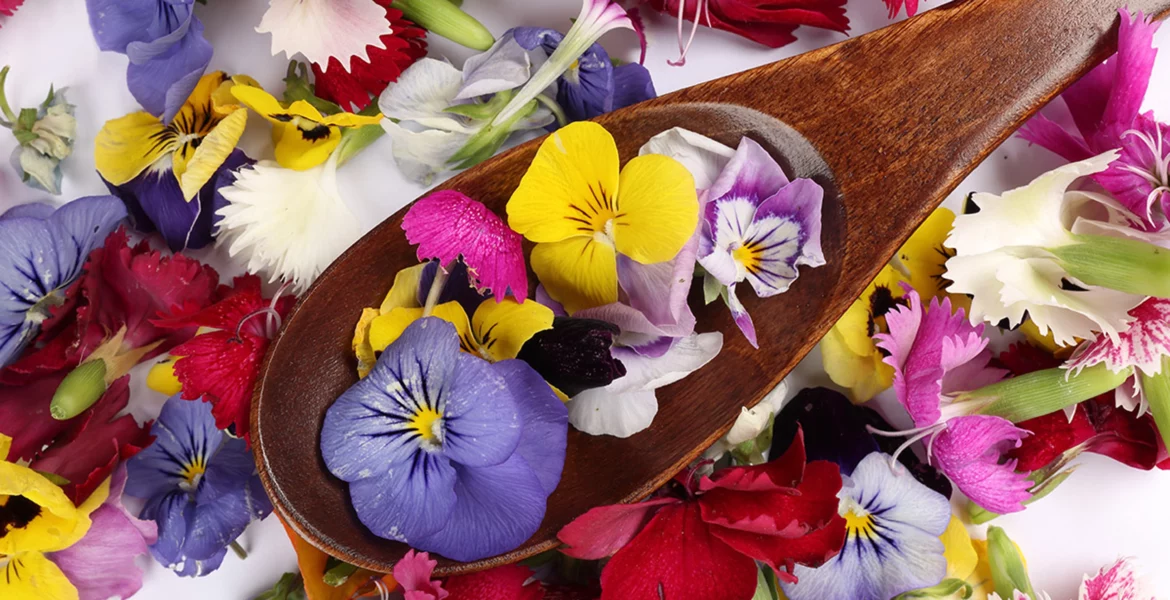Flowers have long been celebrated for their beauty and fragrance, but they are also a secret ingredient that can elevate your cooking. From delicate petals enhancing desserts to vibrant blooms bringing color and flavor to salads, edible flowers are making their way from the garden to the gourmet kitchen. Whether you want to experiment with floral infusions, create eye-catching garnishes, or add a subtle aromatic touch to your dishes, cooking with flowers offers endless possibilities.
The History of Edible Flowers
The use of flowers in food dates back centuries. Ancient Romans used violets and roses in their meals, while Chinese and Indian cuisines have long incorporated blossoms like chrysanthemums and hibiscus in teas and medicinal broths. In Victorian England, candied flowers adorned pastries and cakes, making them a timeless culinary art. Today, chefs and home cooks alike are rediscovering floral flavors, bringing a touch of elegance and nature’s vibrance to modern cuisine.
Edible Flowers and Their Unique Flavors
Not all flowers are edible, and it’s essential to choose the right ones for culinary use. Here are some popular choices and how they can enhance your dishes:
Lavender
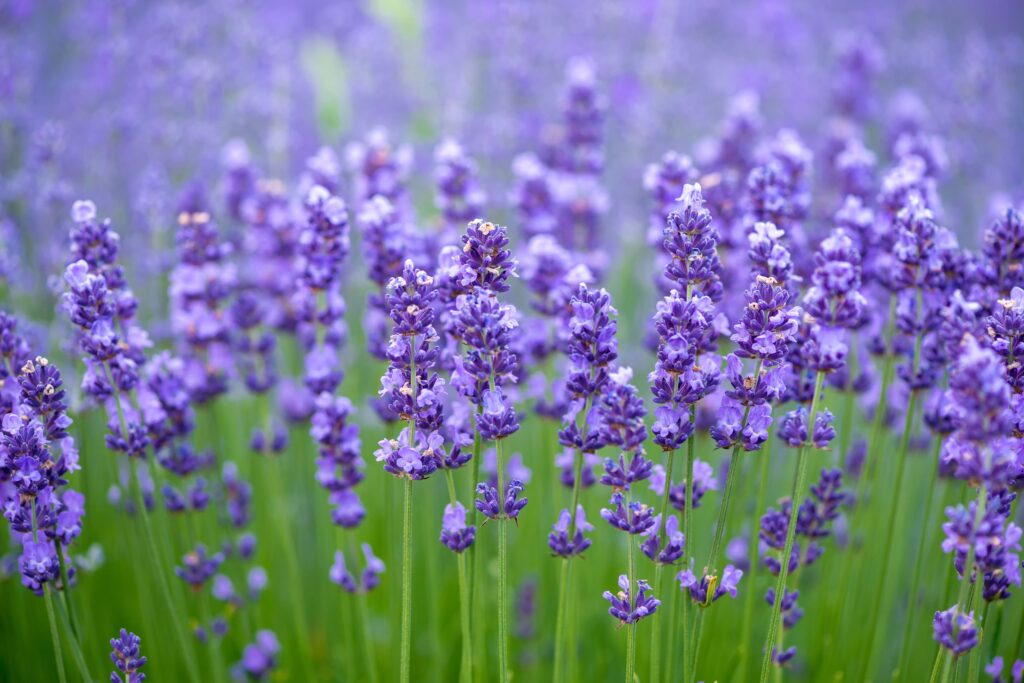
A classic in both sweet and savory dishes, lavender has a fragrant, slightly herbal taste. It pairs well with honey, lemon, and chocolate, making it perfect for cookies, syrups, and even roasted meats.
Roses

Often associated with romance, rose petals add a subtle floral sweetness to syrups, teas, and Middle Eastern delicacies like rosewater-infused baklava.
Hibiscus
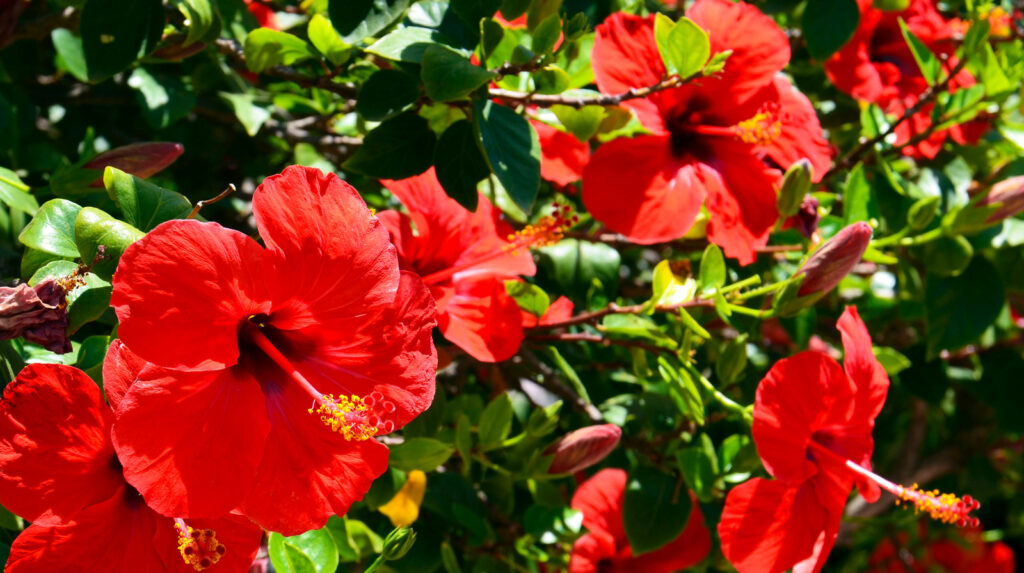
With a tart, cranberry-like flavor, hibiscus is excellent for making tangy teas, cocktails, and jams. It’s also a natural colorant for vibrant pink drinks.
Nasturtiums

These bright blooms have a peppery, slightly spicy flavor, similar to arugula. They add a bold kick to salads, sandwiches, and pasta dishes.
Chamomile
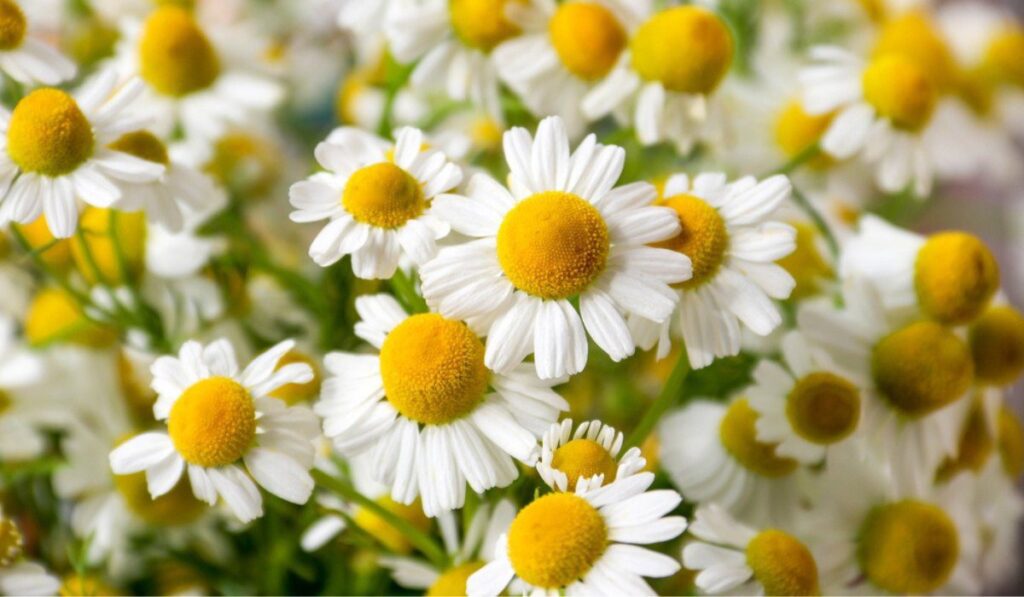
Known for its calming properties, chamomile has a mild apple-like taste, making it perfect for teas, infusions, and soothing desserts.
Violets & Pansies
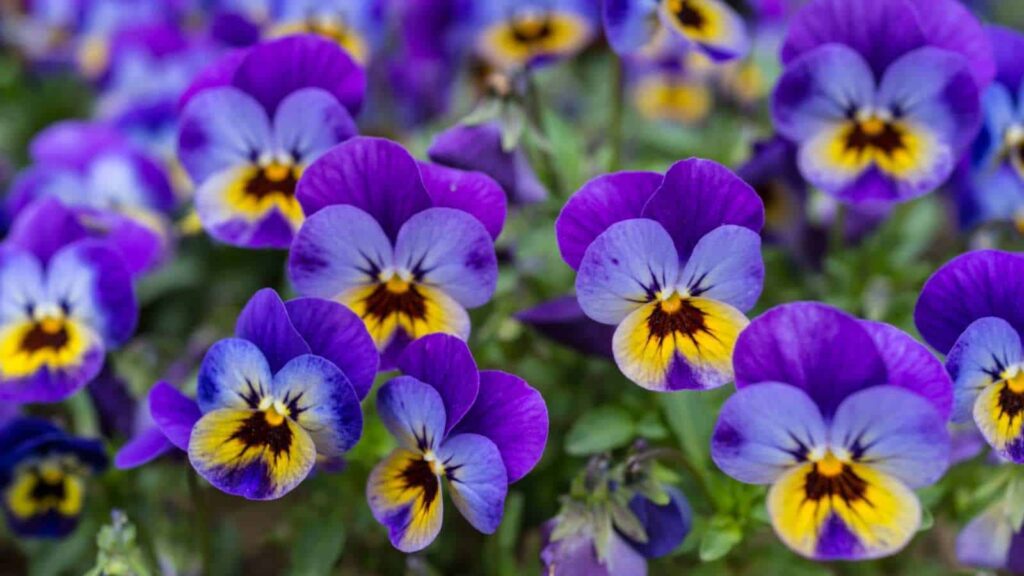
These delicate flowers have a light, sweet taste and are often used to decorate cakes, pastries, and fresh salads.
Creative Ways to Cook with Flowers
Flowers can be used in a variety of ways, from subtle infusions to show-stopping decorations. Here are some inspiring ideas:
- Floral Garnishes – Sprinkle fresh petals on salads, soups, and desserts for a vibrant, elegant touch.
- Flower-Infused Beverages – Steep petals in teas, lemonades, or cocktails for a fragrant twist.
- Baking with Blooms – Add dried flowers to cakes, cookies, and bread for subtle floral notes.
- Floral Ice Cubes – Freeze edible flowers in ice cubes to enhance cocktails and summer drinks.
- Homemade Jams & Syrups – Create unique flavors by infusing flowers like rose, hibiscus, or lavender into syrups, honey, or jams.
- Floral Butters & Salts – Mix finely chopped edible flowers into butter or sea salt for a gourmet finish.
Tips for Cooking with Flowers
- Know your flowers – Not all flowers are edible, and some can be toxic. Always research before using them in food.
- Source responsibly – Use flowers that are organically grown and free from pesticides. Avoid picking flowers from roadsides or florists, as they may have been treated with chemicals.
- Use fresh blooms – Flowers have the best flavor when harvested in the morning. Store them in the fridge wrapped in a damp paper towel to keep them fresh.
- Start small – Floral flavors can be intense, so use them sparingly and balance them with complementary ingredients like citrus, honey, or vanilla.
[Contributed By Anushka Gaikwad]

